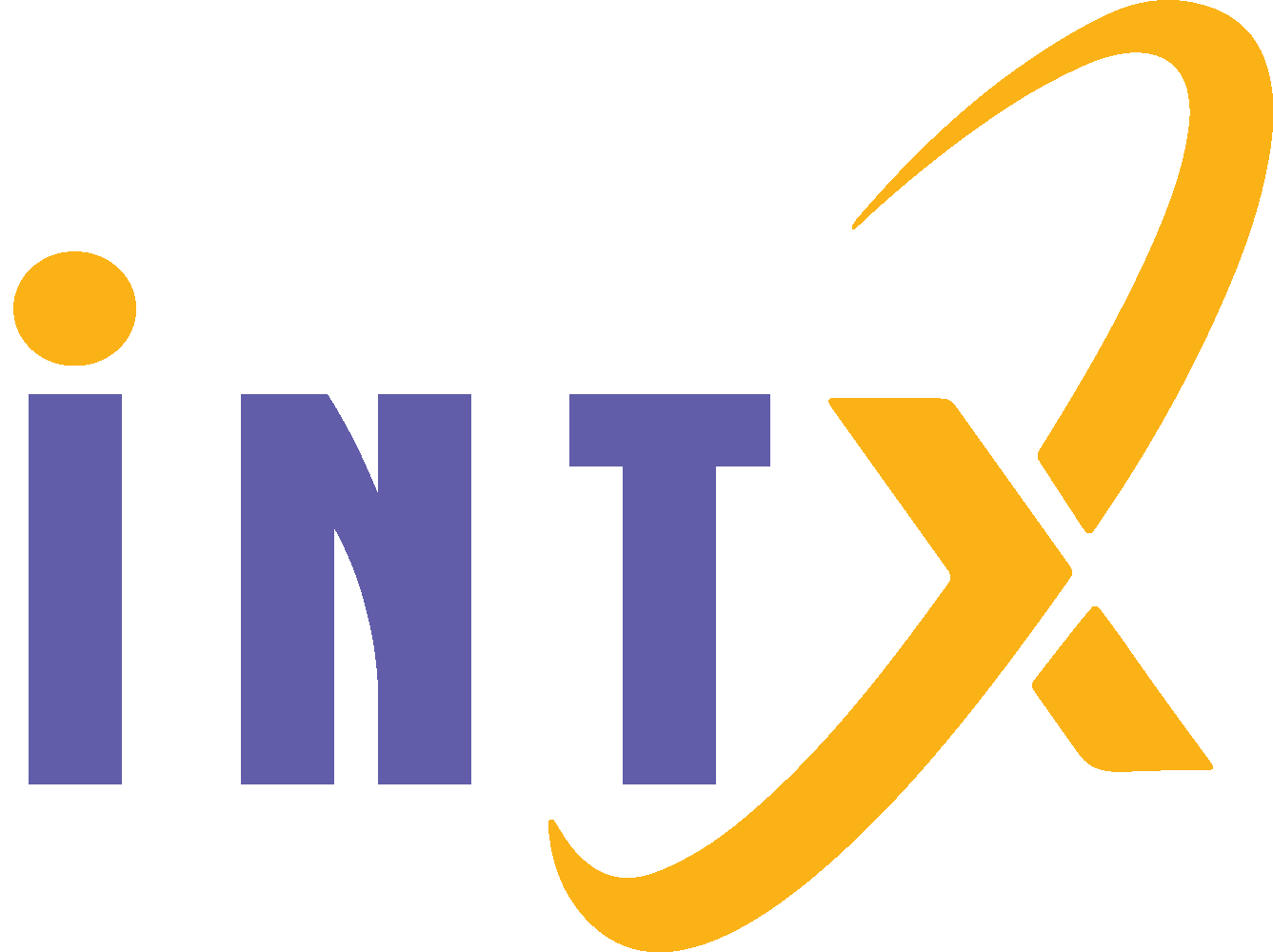Subtotal 0 ₫
In the realm of mathematics and computer science, discrete mathematics form the bedrock upon which the edifice of computational theory is built. These structures are not just a collection of abstract concepts; they are the very language in which algorithms whisper and data structures converse. This essay delves into the intricate world of discrete structures, exploring their essence, significance, and applications in the digital age.
The Essence of Discrete Mathematics

At its core, discrete mathematics is the study of structures that are fundamentally countable or separable1. Unlike the continuous flow of calculus, discrete structures are composed of distinct elements that can be enumerated and manipulated individually. These structures encompass a variety of topics, including sets, logic, graphs, and combinatorics, each with its own unique properties and operations.
Sets and Foundations
The concept of a set is deceptively simple: a collection of distinct objects considered as a whole2. Yet, this simplicity belies the power of sets to represent complex relationships and form the basis for more advanced structures. Operations such as union, intersection, and complement allow us to combine and compare sets, providing a language for expressing mathematical and logical ideas.
Logic and Proof

Discrete structures are deeply intertwined with logic, the formal study of reasoning2. Propositional and predicate logic enable us to express and evaluate the truth of statements based on their logical structure. Proof techniques, such as induction and contradiction, are essential tools for verifying theorems and algorithms within discrete mathematics and computer science2.
Graphs and Connectivity
Graph theory studies the properties and relationships between objects connected by edges1. This field has profound implications for computer science, as it models networks, relationships, and pathways. From finding the shortest route on a map to understanding social networks, graph theory provides the algorithms to navigate and analyze connected systems.
Combinatorics and Counting
Combinatorics is the art of counting, arranging, and combining elements within a set1. It is a field that thrives on the challenge of finding patterns and calculating possibilities. Whether determining the number of possible passwords or the different ways to organize data, combinatorics offers the methods to quantify and solve these problems.
Algorithms and Complexity

Discrete structures are not just static entities; they are the playground for algorithms, the step-by-step procedures for solving problems3. Understanding the complexity and efficiency of these algorithms is a critical aspect of computer science. Discrete mathematics provides the tools to analyze and optimize algorithms, ensuring they perform effectively and efficiently.
Cryptography and Security
In the digital world, security is paramount. Cryptography, the practice of secure communication, relies heavily on discrete structures4. The properties of prime numbers, modular arithmetic, and encryption algorithms are all grounded in discrete mathematics, safeguarding our data from prying eyes.
Artificial Intelligence and Learning

The burgeoning field of artificial intelligence (AI) also has its roots in discrete structures4. Machine learning algorithms, which allow computers to learn from data and improve over time, utilize discrete mathematics for their underlying logic and data representation.
The Future of Discrete Structures
As we venture further into the information age, the importance of discrete structures only grows. They are the silent architects of the digital landscape, shaping the way we interact with technology and each other. From optimizing logistics to unraveling the mysteries of genetics, discrete structures offer a framework for understanding and solving the complex problems of our time.
In conclusion, discrete structures are much more than a collection of mathematical curiosities; they are the essential components of the computational universe. Through their study, we gain not only a deeper understanding of mathematics and computer science but also the tools to forge new paths in the ever-evolving world of technology. As we continue to explore and expand the boundaries of what is computable, the discrete structures will remain our faithful guides, illuminating the way forward in the quest for knowledge and innovation.


